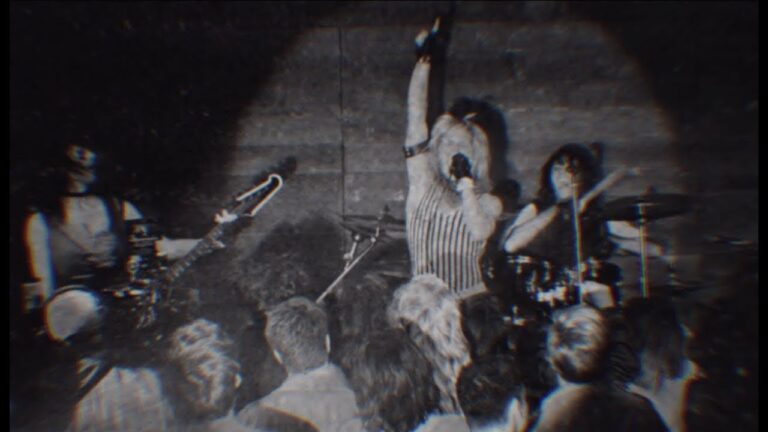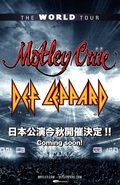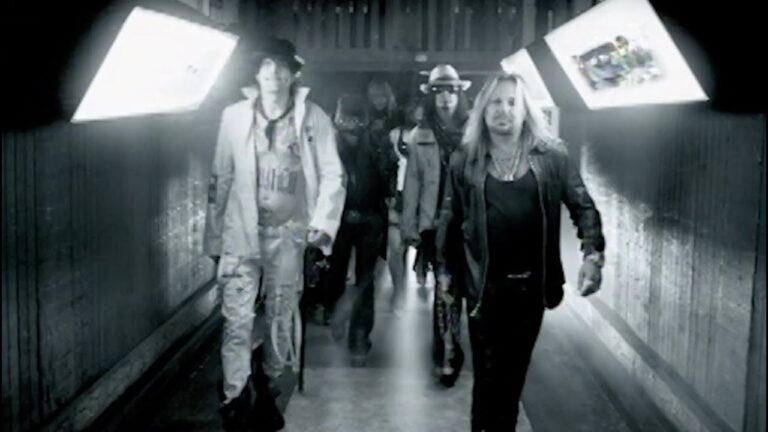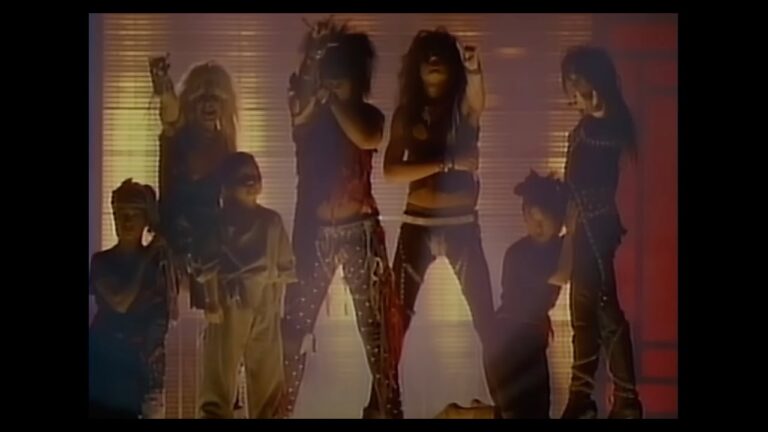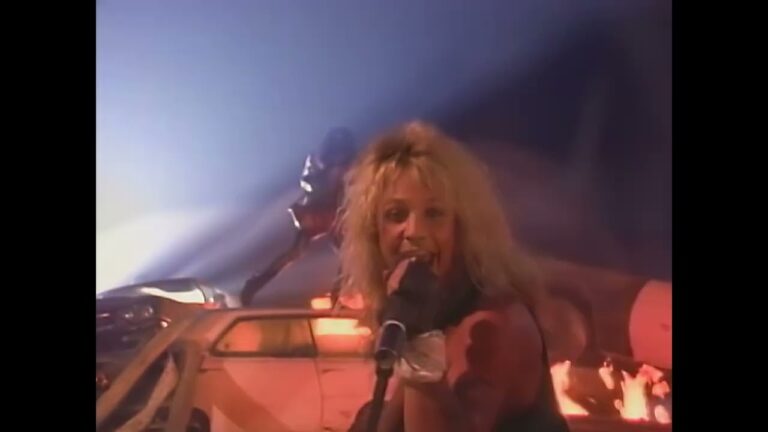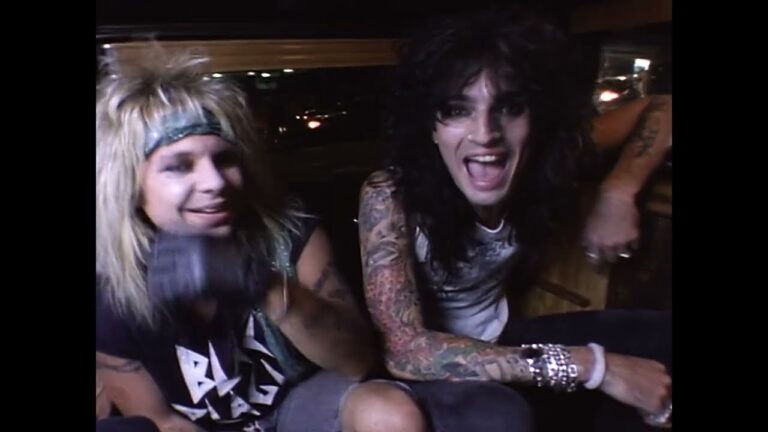What is it that makes umlauts so metal? It’s hard to say – is it the way they can make an O look like a tiny Satan? Is it the immediate associations with Germanic, Nordic and generally forest-strewn areas? Is it the (usually) gratuitous nature of them? Technically speaking, the word umlaut only refers to the dots when they’re in a German word, when they perform pretty much the same function as an E coming after the letter (like the cat scientist Schrödinger, also known as Schroedinger). Over a non-German word, it’s a diaeresis, which doesn’t sound as metal, but specifies that the second of two vowels needs to be pronounced – it’s why Zoë doesn’t rhyme with doe. Here are 13 (one of the most metal of numbers) of the umlautest moments in röck. Amon Düül Umlauts used: 1967 onwar...
History Of Mötley Crüe: Follow The Evolution Of Music With Chronological Crue Vol. 1 (English Edition) Kindle版
Discover the definitive source of fact on Mötley Crüe with Chronological Crue! This highly-acclaimed rock history website has been read millions of times and is used by TV networks, music industry journalists, critics, and fans as an invaluable reference. First published in paperback during 2006 and having been out-of-print for many years, this expanded and updated second edition includes a Foreword by Neil Strauss, the best-selling author of The Dirt. With over a quarter-million words in over 1,000 pages across all 4 volumes - Vol 1. The Eighties, Vol 2. The Nineties, Vol 3. The Naughties, Vol 4. The Onesies - you won't want to miss out! Volume 4. takes readers through to the last concert of The Final Tour on Crue Year’s Eve 2015 and also contains a bonus Gigography that lists every Motley Crue performance - over 1,700 in total! Get ready to find out the real truth behind the highest highs and lowest lows in the Crüe’s perilous kingdom of sex, drugs, and rock n’ roll with Chronological Crue!

 Mötley CrüeをAmazon Musicで聴く
Mötley CrüeをAmazon Musicで聴く
